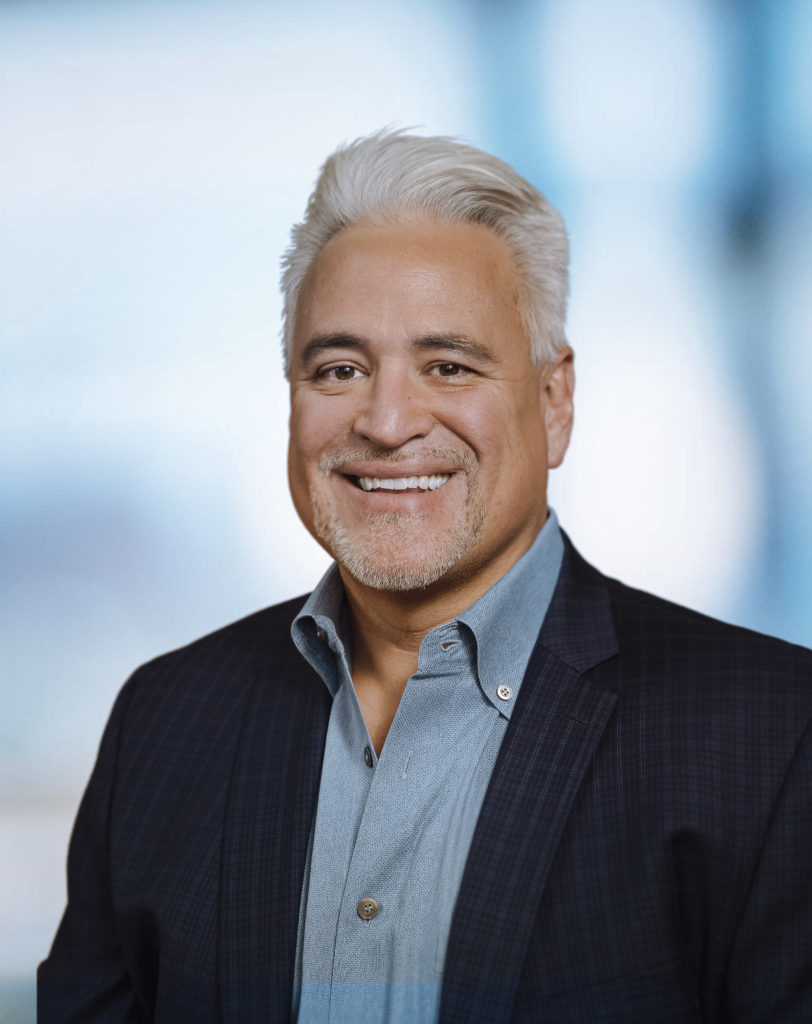2021 Prediction: Cyberattacks Will Be a Greater Risk for Healthcare Organizations
Ron Pelletier February 11, 2021
Recently, cyberattack risks have been grabbing headlines with the COVID-19 vaccine distribution being the center of attention. We see many opportunities for cyberattacks on the healthcare industry including continued ransomware attacks on hospitals and disruption of medical devices. While no one wants to see these types of attacks happen, it is important to highlight the potential threat to healthcare organizations and ways for the healthcare industry to mitigate its risks.
Cyberattacks against hospitals and healthcare organizations continue to make headlines and are even becoming more commonly depicted in TV shows and movies, largely due to the dramatic storyline and potential for substantial business impact. In fact, Hollywood has taken quite a few liberties in portraying highly inflated impacts. In the real world, the FBI and the Department of Homeland Security have warned that threats to healthcare organizations are “credible, ongoing and persistent,” as reported by Healthcare Info Security. These attacks can have both direct and indirect consequences. For example, the Wall Street Journal recently reported that threat actors manipulated stolen data related to coronavirus vaccines and published it on the dark web, causing confusion and mistrust.
With a focus on monetizing their efforts, financially motivated ransomware attackers may take over medical devices or systems. However, such cyberattacks can also have indirect consequences such as the recent example at Germany’s University Hospital Düsseldorf where a ransomware attack led a patient to be diverted and ultimately perish in transit. If hospitals are unable to fall back on manual procedures, any significant system disruption could result in a large impact on patient care.
Medical devices such as implants and wearables could be the target of a detrimental cyberattack on the healthcare industry as well. Bad actors may try to hold a patient’s diabetes insulin pump ransom or try to hit a wider audience via a supply chain attack on the manufacturer that pushes malware to a multitude of devices. Equally dangerous are those who just wonder if they might actually be able to perform such an attack, motivated simply by their misguided curiosity and ego.
There is also a potential for attacking control systems like heating, ventilating, and air conditioning and boiler systems at healthcare organizations, which can set up a lateral move to other systems in the environment or may lead to a direct physical impact. For instance, a bad actor who exploits a control system has the potential to shut down the safety mechanisms that may cause it to overheat and possibly explode. Think it can’t happen? Wired reported an incident in Germany where a cyberattack created a massive adverse event because a furnace could not be properly shut down. While this was not a healthcare company, a furnace is a furnace. Who is to say that ransomware will not move directly to the physical realm where an actor effectuates an attack against a control system, putting lives at risk unless they are paid?
All of these attacks could be detrimental to the healthcare industry, which is why we predict many healthcare organizations will expand their operations to include incident response specialists. Some will partner with cybersecurity experts that have specific experience supporting healthcare organizations and strong digital forensics incident response (DFIR) capabilities. Threats and vulnerabilities cannot be completely eliminated in any industry, and in the healthcare industry, the speed and accuracy of the DFIR team is critical as timing could affect patient care and safety.
Want to see more of our predictions for 2021? See our top five predictions in our new eBook Cybersecurity Predictions for 2021: Insights & Trends

Ron Pelletier
Founder & Chief Customer Officer | Pondurance
Ron Pelletier is the original Founder of Pondurance, having started the company from his basement in 2008. Ron has over 25 years of cybersecurity advisory experience. He started his career as an officer in the U.S. Army, followed by nine years with Big Four firm EY. As a strong consensus builder and customer advocate, Ron is focused on evangelizing the Pondurance brand as well as customer success.
